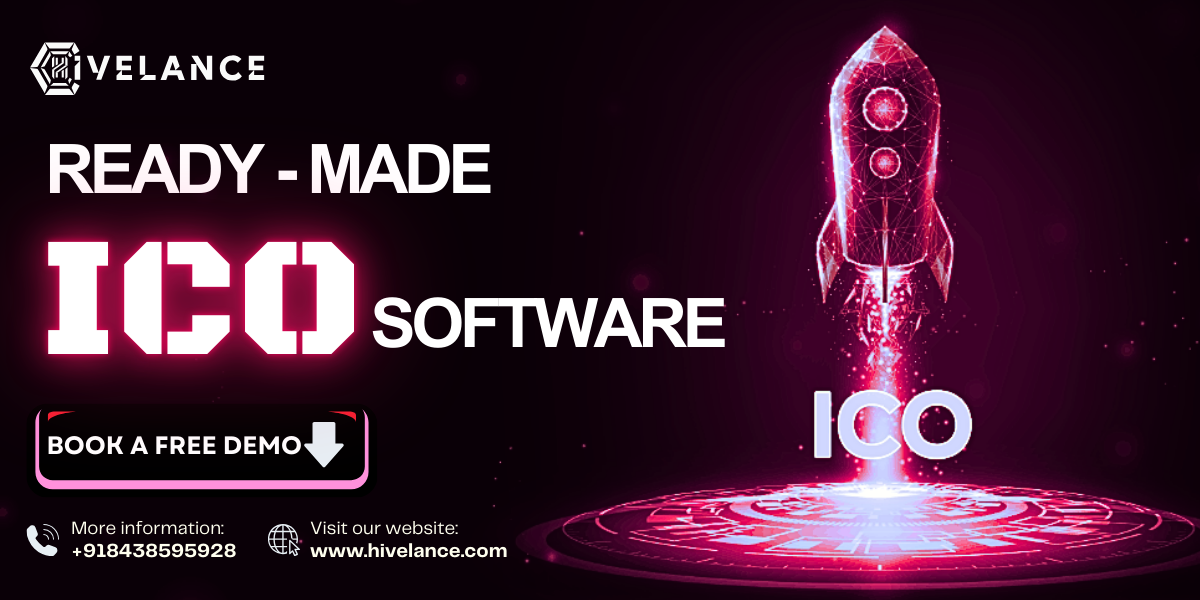Java is one of the most widely used programming languages in the world, and its versatility makes it a top choice for everything from desktop applications to enterprise systems and mobile apps. If you’re new to Java, one of the first concepts you’ll encounter is the distinction between Java Standard Edition (Java SE) and the Java Development Kit (JDK).
These two components are often mentioned together and can be confusing for beginners. But understanding what they are—and how they differ—is key to building a strong foundation in Java development. Let’s break it down in simple terms.
What is Java SE (Standard Edition)?
Java SE is the core platform that provides everything needed to write general-purpose Java applications. It includes:
-
Essential libraries and APIs (like collections, I/O, networking, and concurrency)
-
The Java Virtual Machine (JVM), which allows Java programs to run on any platform
-
Standard programming features such as object-oriented structures, exception handling, and multithreading
Think of Java SE as the engine and basic toolkit of the Java platform. It defines the rules and building blocks of Java, providing a standardized environment for developing and running applications. Java SE is platform-independent, meaning applications built with it can run on Windows, Linux, or macOS without modification.
It’s also the foundation for other editions like Java EE (Enterprise Edition) and Java ME (Micro Edition). If you’re just starting out, Java SE is where you begin.
What is the JDK (Java Development Kit)?
The JDK is a complete software development kit that allows you to create Java applications. It includes everything from Java SE plus tools for development, such as:
-
The Java compiler (javac) – which translates Java code into bytecode
-
The Java Runtime Environment (JRE) – which is used to run applications
-
Tools for debugging, packaging, documentation, and monitoring
In simple terms, if Java SE is the foundation, the JDK is the toolbox that lets you build on it. You can think of Java SE as the materials used to construct a house, and the JDK as the hammer, nails, and tape measure needed to build it.
If you’re a developer, you must install the JDK, because it’s the only way to write and compile Java code.
Java SE vs. JDK: Key Differences
| Feature | Java SE | JDK |
|---|---|---|
| Purpose | Provides core functionality and libraries | Full development toolkit for building applications |
| Includes | JVM, APIs, core libraries | Java SE + compiler, debugger, and dev tools |
| Who uses it? | End-users, application runners | Developers, software engineers |
| Can compile code? | No | Yes |
| Can run Java apps? | Yes, with JVM | Yes, includes JRE |
Why Does This Matter for New Developers?
Many new developers struggle with Java setup because they don’t know which version to install. Some accidentally install just the JRE, which only runs Java apps but doesn’t include development tools. As a result, they can’t compile code or use an IDE properly.
Knowing the difference ensures:
-
Correct installation and configuration of your development environment
-
Smoother experience when using tools like IntelliJ IDEA, Eclipse, or NetBeans
-
Fewer errors and better understanding of how your Java application works
In professional environments, different components are used at various stages:
-
Developers use the JDK
-
Testers might use Java SE or packaged applications
-
End-users only need the JRE to run Java apps
How They Work Together
Despite their differences, Java SE and JDK are not competing technologies. Instead, they are part of the same ecosystem. The JDK includes Java SE because it relies on its libraries and specifications. Every time you install a JDK, you’re also getting Java SE automatically.
This layered structure allows flexibility. You can use different JDK distributions (like Oracle JDK, OpenJDK, Amazon Corretto, or Eclipse Temurin), but they all implement Java SE specifications. That means applications developed using any JDK are generally compatible with others, as long as they adhere to Java SE standards.
Evolution of Java SE and JDK
Java is constantly evolving, and so are Java SE and the JDK. Each new version brings performance improvements, new APIs, and language features. For example, recent versions introduced:
-
Modules for better application structure
-
Pattern matching for cleaner code
-
New garbage collectors for memory efficiency
-
jshell– an interactive Java shell for experimentation
As Java SE grows, the JDK expands to include more powerful tools, making modern Java development faster and more efficient.
Staying current with the latest JDK version ensures you’re using the most optimized and secure tools for development.
Which One Should You Use?
If you’re learning or building Java applications, always download and install the JDK. It includes everything you need:
-
The compiler
-
The runtime environment
-
The development tools
Choose a version like OpenJDK (free and open-source) or Oracle JDK (with enterprise features), depending on your needs. Most training programs and workplaces use OpenJDK for education and initial development.
🚀 Ready to Learn Java the Right Way? Join ITView, PCMC’s Leading Software Training Institute!
If you’re serious about starting a career in Java development, don’t just install the JDK—learn how to use it effectively.
At ITView Software Training Institute in PCMC, we offer industry-oriented Java training programs designed for both beginners and experienced learners. Our curriculum covers:
-
Java SE fundamentals
-
Hands-on JDK training
-
Object-oriented programming
-
Real-world projects and case studies
Plus, you’ll get:
-
Expert mentorship
-
Placement assistance
-
Live coding sessions
-
Access to the latest tools and techniques
Whether you’re aiming to become a Java developer, backend engineer, or software tester, our structured programs help you build real-world skills and land the right job in tech.
👉 Start your journey today. Enroll now with ITView PCMC and take the first step toward a successful career in software development.



